|
A photograph taken outside of Buckingham Palace of Mr Saines and his wife. The ARP warden from Lewes was receiving the British Empire Medal (BEM). Photo dated as 1943. Interesting to see the embroidered beret badge.
0 Comments
One of the most frequently bought private purchase items was the side cap. Both men and women can be seen in period photos wearing the side cap. Most have applied their ARP badge to the front. This side cap is in dark blue almost black wool and is lined with the previous owner's name on a tag inside. To the front are two ARP buttons marked Cheney.
There exists a large number of photos detailing a Civil Defence exercise that took place in Fulham in 1941. The photos are part of a series called The Reconstruction of "An Incident". Many of the photos are available on the IWM website. However, I keep coming across photos relating to this exercise which I had not seen before. This photo shows an officer in the Control Centre updating the Damage board. Of interest is the CONTROL shoulder title on his bluette overalls. You don't often see shoulder titles on overalls, and seeing CONTROL ones is quite rare.
The National Air Raid Precautions Animals Committee (NARPAC) was created just before the outbreak of the Second World War to provide information to the general public about animal protection during air raids – both for pets, farm and working animals. The committee, chaired by Harold Edward Dale CB, had representatives from various animal charities (full list below) such as the People’s Dispensary for Sick Animals (PDSA) and the Royal Society for the Prevention of Cruelty to Animals (RSPCA) and was organised and run through the Home Office’s Air Raid Precautions Department.
The Home Office wrote and issued pamphlets advising people how they should look after their animals during raids. One such leaflet was “ARP Handbook No. 12 – Air Raid Precautions for Animals.” NARPAC also published a pamphlet called “Advice to Animal Owners”. It advised pet owners to either move their pets to the country or have them destroyed. This rather drastic advice had the result of causing over 400,000 pets to be destroyed in just one week in September 1939. Thousands of other animals were also dumped on RSPCA and PDSA doorsteps. Local NARPAC groups organised a register of animals within their area and registered pets were issued a numbered collar. Any animal lost during an air raid could then be hopefully reunited with their owner. Within the NARPAC structure were locally-based Animal Guards, volunteers mainly responsible for registering animals. They were managed by a Chief Guard with District Organisers above that. The Animal Service looked after farm and working animals via Animal Stewards. Qualified veterinary surgeons also worked for NARPAC. Members of NARPAC were identified by the wearing of a lapel badge and armband. The NARPAC symbol was also used on helmets and vehicles. In October 1939, the newly appointed Minister of Home Security, Herbert Morrison, requested that NARPAC create officially sanctioned measures to deal with animals under war conditions. NARPAC was now responsible for the care or destruction of animals in its charge. Vehicles bearing the NARPAC logo were allowed to run unhindered during air raids. With the blitz on British cities starting in the autumn of 1940 another period of pet euthanasia occurred. Due to financial irregularities towards the end of 1940 NARPAC began to lose the support of some societies (such as Battersea Dogs Home), with the RSPCA completely withdrawing its support in July 1941. In January 1945 NARPAC was officially closed and its remaining assets were passed to the PDSA. List of societies/departments that initially joined NARPAC: Home Office (Air Raid Precautions Department) Ministry of Agriculture & Fisheries (Animal Health Division) Commissioner of Police of the Metropolis (Head of London's Met Police) National Veterinary Medical Association National Farmers' Union RSPCA PDSA Our Dumb Friends' League National Canine Defence League Scottish Society for the Prevention of Cruelty to Animals Glasgow & West of Scotland Society for the Prevention of Cruelty to Animals The Dog's Home, Battersea The Home of Rest for Horses The BBC has a very good article concerning the pet cull. The first person to be directly awarded the newly instituted George Cross was Civil Defence member Thomas Alderson. He was awarded the medal for leading the rescue of trapped civilians on three occasions in 1940. The other medal is the silver issue RSPCA Gallantry Medal. Of interest is the Instructor sleeve badge which also has ARPS above it. The ARPS was the Air Raid Precautions School and the badges just visible on his collar is probably the gold coloured ARPS Instructor badge.
|
Please support this website's running costs and keep it advert free
Categories
All
Archives
June 2024
|
|
|
Copyright © 2018–2024
|
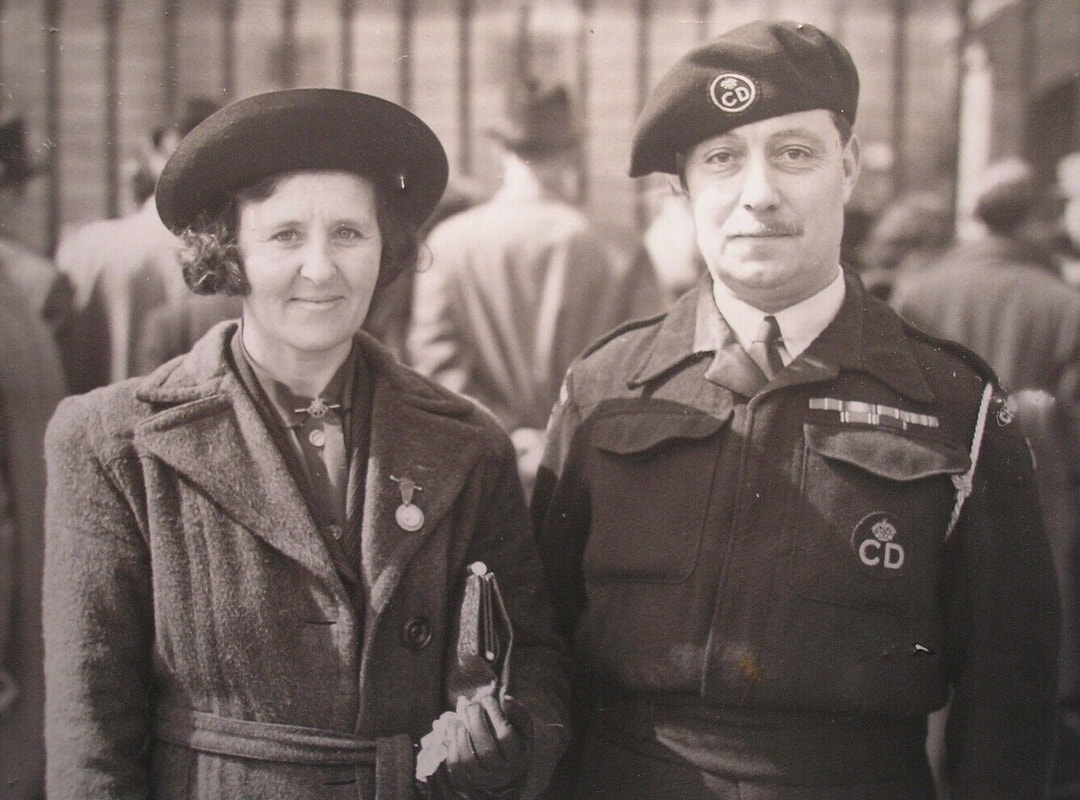
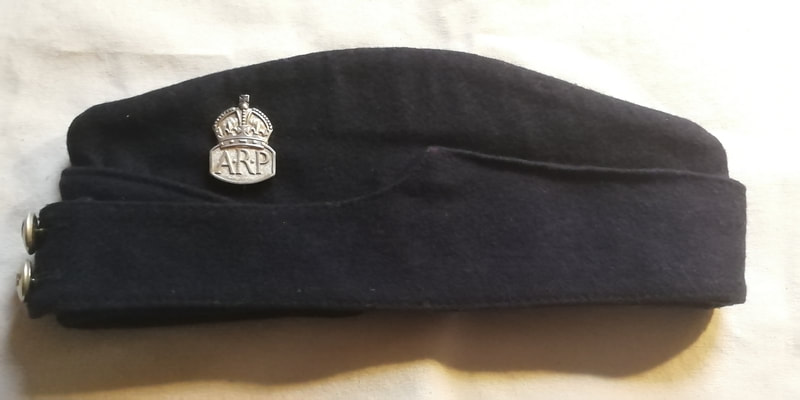
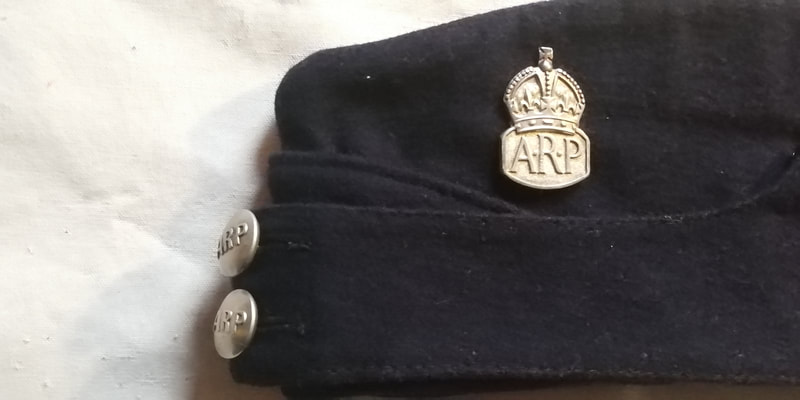
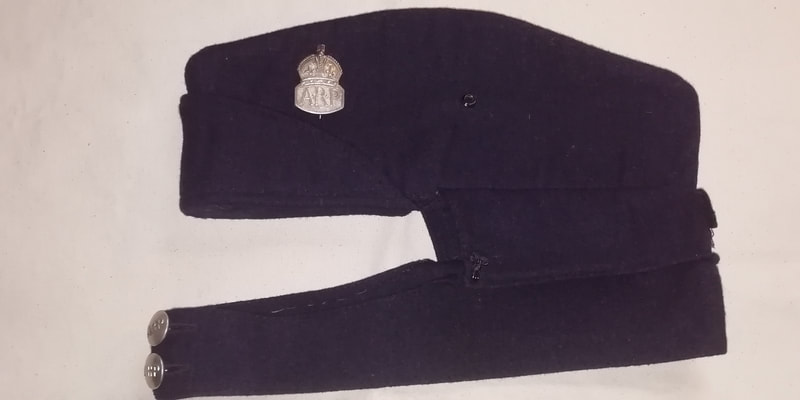
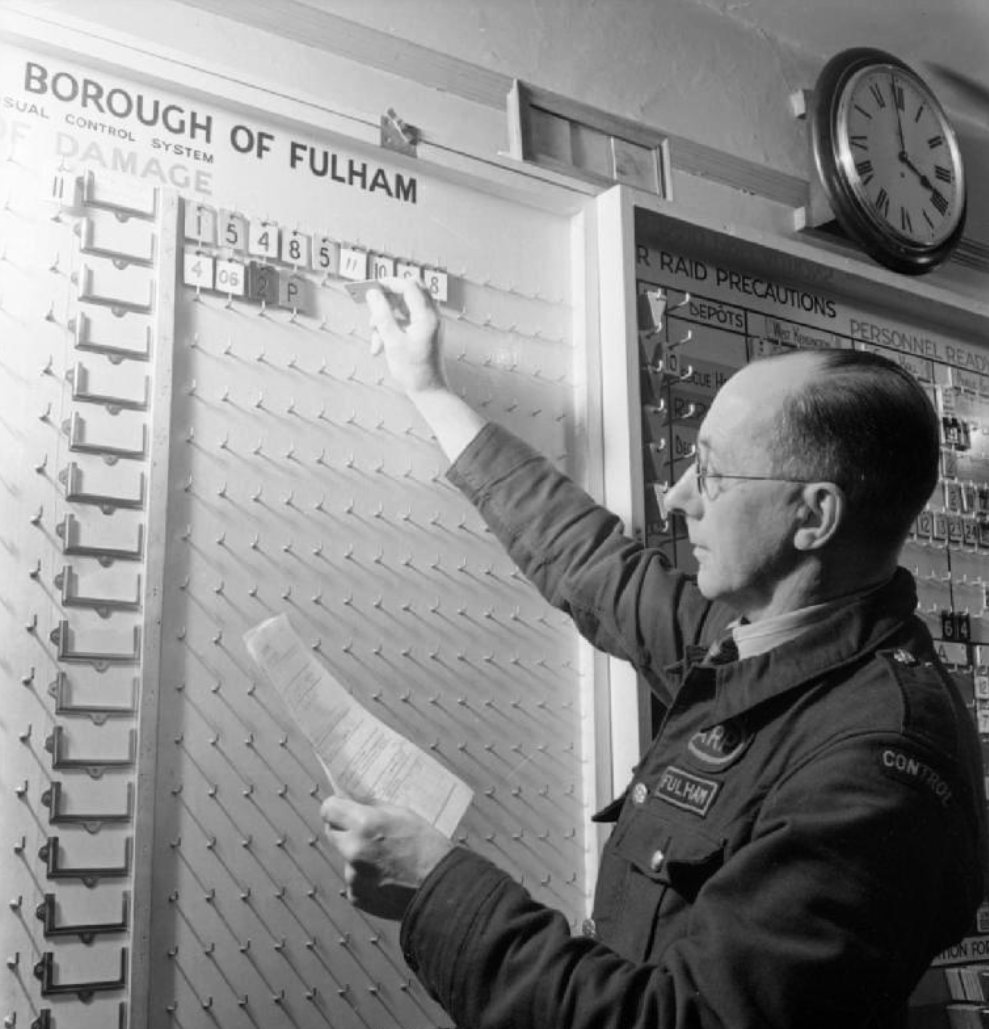

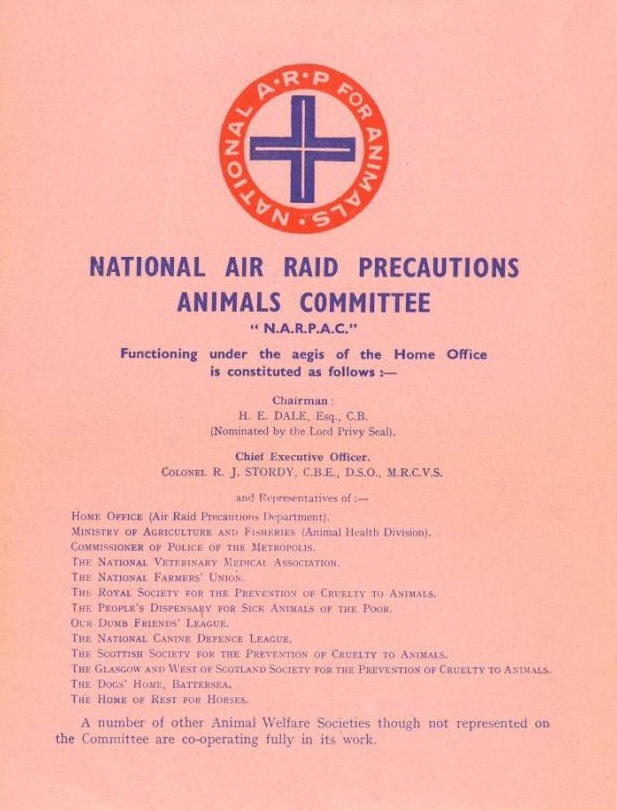
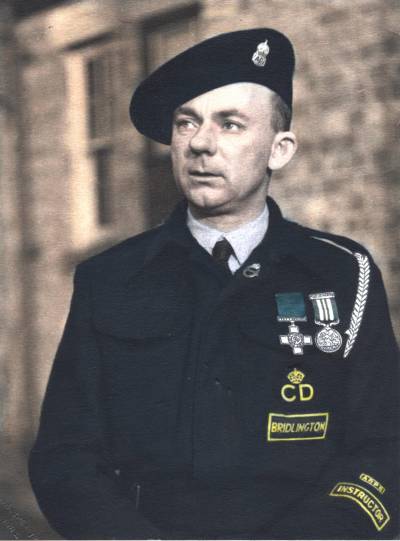
 RSS Feed
RSS Feed